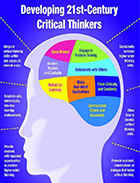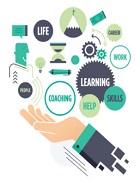Imagination – the secret ingredient
Imagination – the secret ingredient
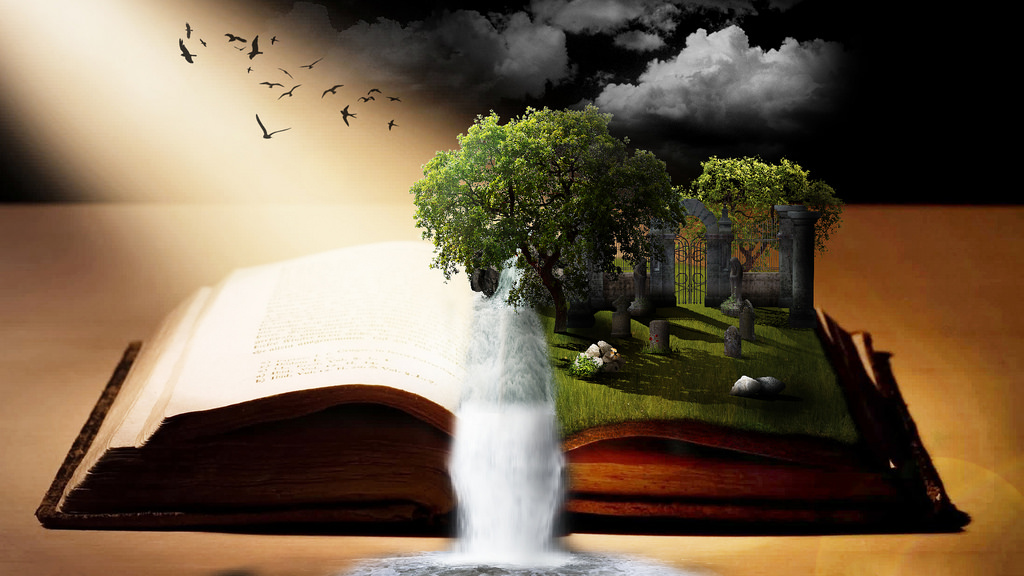 A child looking at a book may see just a book or something more creative. Either way, it depends upon his/her imagination. While all are born with it, most people tend to lose the imaginative spark as they grow up.
A child looking at a book may see just a book or something more creative. Either way, it depends upon his/her imagination. While all are born with it, most people tend to lose the imaginative spark as they grow up.Imagination in simple terms is the ability of the mind to be creative or resourceful. Though imagination and creativity sound similar, they are not the same. While the former is about seeing the impossible, the later deals with using imagination to develop or build ideas.
The types of imagination:
The different types of imagination are:
-
Passive imagination
This is the easiest form of imagination where the images come to the mind automatically, without putting any effort to picture it.
-
Active imagination
This is the kind of imagination where the mind exerts itself to picture images. Under this, the mind selects certain materials and constructs an image based on it.
-
Receptive imagination
Under this, the mind makes an effort to picture a scene. This typically occurs when one reads stories, history, poems, etc.
-
Creative imagination
Creative imagination is one where the mind constructs an imaginary situation, based on materials it receives from within itself.
-
Intellective imagination
It is also called as cognitive imagination. It is known as the imagination that serves the purpose of knowledge.
-
Practical imagination
It is also called as pragmatic imagination and aims to fulfil the practical needs of a person.
-
Aesthetic imagination
This imagination satisfies aesthetic desires or the visual appeal of a person. It involves the creation and appreciation of beauty.
-
Image imagination
This imagination reproduces the elements of past experiences and rearranges them to form a new pattern.
-
Empathy imagination
Empathy imagination helps a person understand the emotions of another person.
-
Strategic imagination
It is the ability to recognise and evaluate opportunities or the future by turning them into mental scenarios.
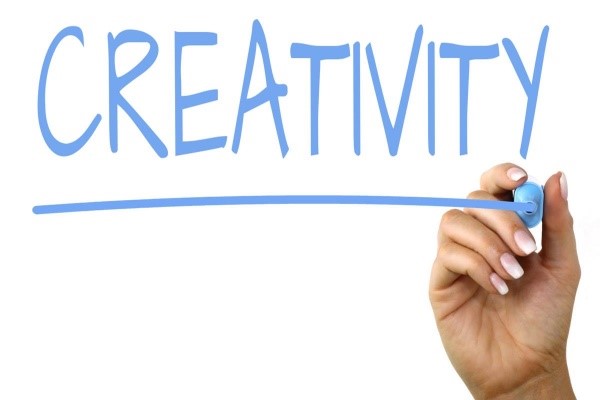 Why is imagination needed?
Why is imagination needed?Imagination is an integral part of everyone’s life. It is needed for the following reasons:
-
Imagination stimulates creativity
Imagination paves way for creativity, which helps in developing the overall personality of students in the classroom.
-
It helps develop the thought process
Imagination develops the cognitive skills and helps a student think through different possible ways before arriving at a judgement.
-
It kindles curiosity
Imagination encourages the students to be curious and eager. This curiosity helps them explore a given topic and helps them become more innovative.
-
It helps develop life skills
Imagination helps in developing skills like empathy, reasoning and decision making. These skills play a vital role in the life of a student.
-
It helps enhance learning skills
When students apply imagination to learning, they not only begin to enjoy the topics they learn but also connect with it.
 What happens without imagination?
What happens without imagination?When students are not encouraged to use their imagination skills, they get affected in the following ways:
-
Lack enthusiasm in life
Students without imagination tend to lack enthusiasm to learn.
-
Lack creativity
Creativity is an important aspect of imagination. A student without any imagination lacks creativity.
-
Lack passion
Students without imagination tend to be dull and lack the drive needed to achieve something.
-
Lack productivity
Students without imagination lack productivity. They find it difficult to learn.
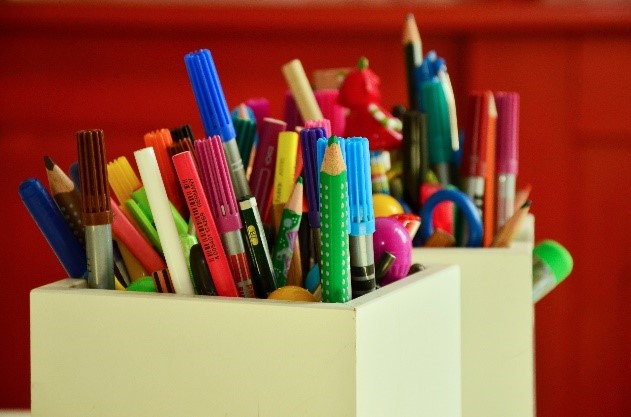 Activities that can help develop imagination:
Activities that can help develop imagination:Teachers and parents can make use of certain activities to develop the students’ imagination:
-
Developing the students’ interests
The topics taught in the classroom can revolve around whatever interests the students. If the students like chocolates, certain concepts like word problems, measurement, etc. can revolve around the same topic.
-
A mix of activities
A typical classroom session can be a mix of lecture and activities. Sticking only to lecture and notes in the classroom may end up making the session boring. Teachers can include games and open discussions to ensure that the students develop their imagination skills.
-
Storytelling
Storytelling is a great way to introduce students to concepts while kindling their imagination. Subjects like history and languages can be made fun through storytelling. Teachers can have the students narrate stories based on the topic. They can also be given situation-based questions like, what they would have done if they were a person from the history. Such activities not only help the students learn, but also develop communication and interpersonal skills.
-
Create art
Students can be encouraged to create art to broaden their imagination. Art can include doodles, crafts, paintings, etc. A certain amount of time can be allocated on a daily basis for the purpose of art. This can be taken up by the students at their homes as well.
-
Spending time outdoors
Teaching can extend beyond the classroom. Teachers can make use of the school grounds and the corridors to teach the students. Shifting the classroom once in a while would help the students explore their surroundings and develop their imagination.
By developing engaging activities, teachers and parents will be able to encourage the students to develop their imagination.













